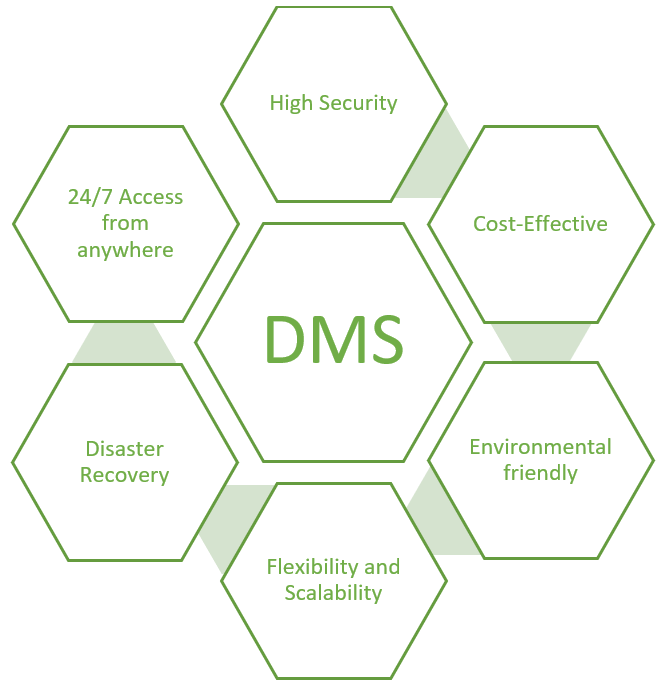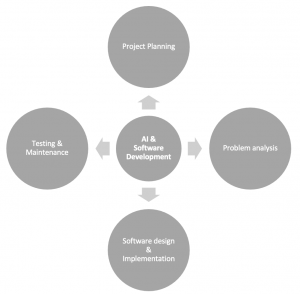What is a Document Management System? What are the key features and benefits?
As the amount of data and documents produced by businesses increases, finding an efficient way to manage them has become a challenge. Companies are seeking an efficient way to facilitate the digitalization and organization of their documents. A DMS is a tool that can help organizations store, track, and share their documents in an organized and secure manner. In this blog post, we’ll discuss what exactly a document management system is and why it’s so useful for businesses. We will also explore some key features.
What is a Document Management SYSTEM ?
A document management system (DMS) is a computer program or set of tools used to track and store documents. The three most common types of DMS are:
- Electronic document management systems (EDMS), used to track and store electronic documents such as PDFs, Word documents, and Excel spreadsheets.
- Web-based document management systems (WBDMS), used to track and store documents on the web.
- Hybrid document management systems (HDMS) are a combination of EDMS and WBDMS.
DMS can be used for a variety of purposes, such as storing business contracts, tracking customer records, or managing employee files. DMS can also be used to share documents between employees, customers, or other businesses.
Document management systems are often used in conjunction with content management systems (CMS) or enterprise resource planning (ERP) systems. However, they can also be used as standalone programs.

The Benefits of a Document Management System
A document management system (DMS) can be extremely useful for businesses of all sizes. It can help to organize, store, and track documents, and make it easier to find and share information. In addition, a DMS can help to streamline workflows and improve efficiency.
There are many benefits of using a DMS, including:
- Improved Organization: A DMS can help businesses to better organize their documents. This can make it easier to find and retrieve information when needed.
- Improved Security: A DMS can also help to improve security by providing features such as password protection and access control. This can help to prevent unauthorized access to sensitive information.
- Improved Collaboration: A DMS can make it easier for team members to collaborate on projects. For example, team members can easily share documents and provide comments or feedback.
- Improved Efficiency: A DMS can help businesses to improve their overall efficiency by automating tasks such as document routing or approvals. In addition, a DMS can help save time by reducing the need for paper copies of documents.
What to Look for in a Document Management System
When considering a document management system (DMS), there are a few key features to look for that will ensure the system is effective and user-friendly.
An intuitive interface is crucial for users to be able to find the documents they need quickly and easily. The system should also allow for easy organization and tagging of documents so that users can easily find what they are looking for.
Document security is another crucial point of attention, the system should have robust security features in place to protect sensitive information. And finally, it is important to consider scalability when choosing a DMS, the system should be able to handle an increasing amount of data as your business grows.
Schedule a meeting with our team to learn more about how your organization could benefit from a DMS.
Sources
- https://www.spiceworks.com/collaboration/content-collaboration/articles/top-10-document-management-systems/
- https://monday.com/blog/monday-workdocs/document-management-system/
- https://www.businessnewsdaily.com/8038-best-document-management-software.html
- https://financesonline.com/c/document-management-systems/

